
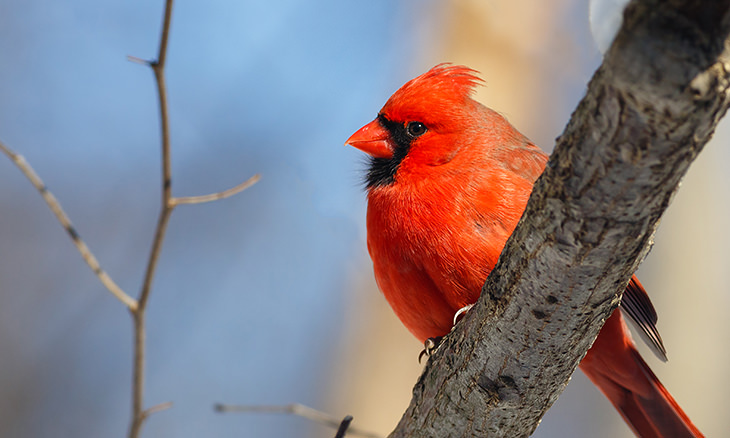

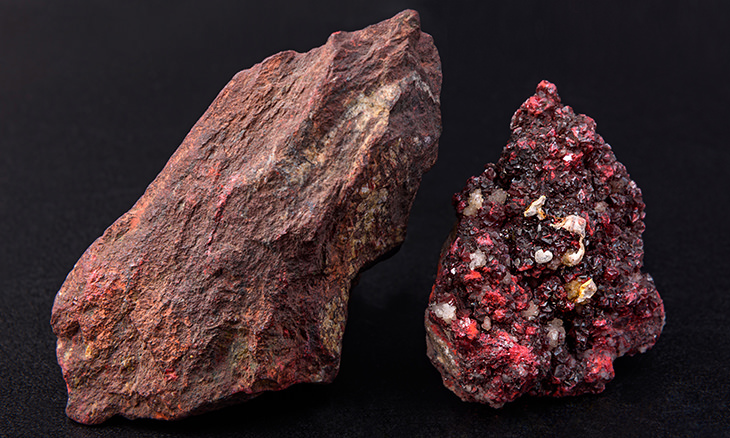
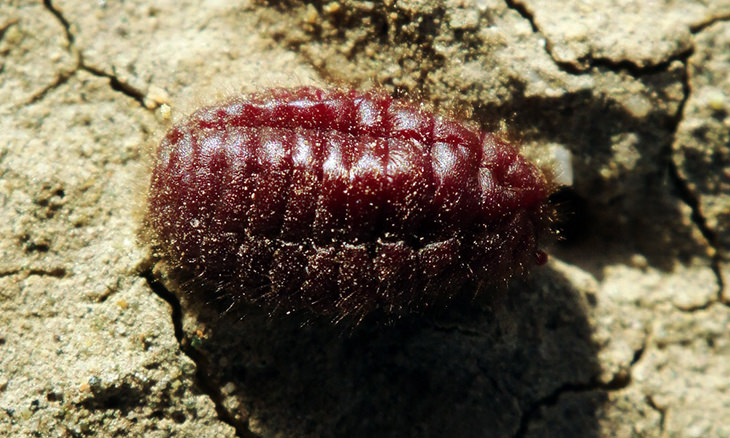
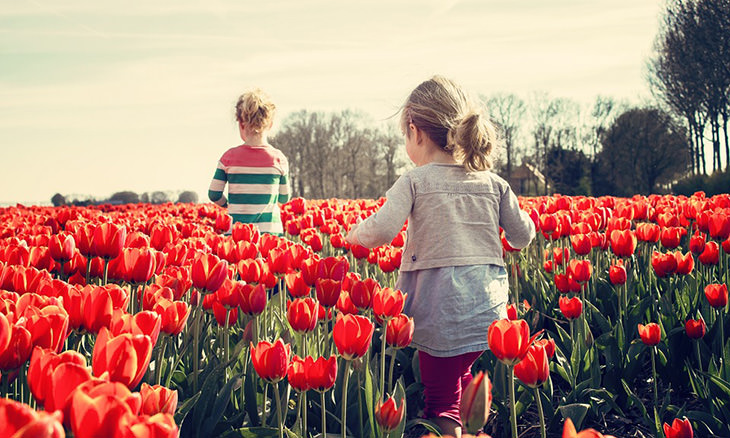


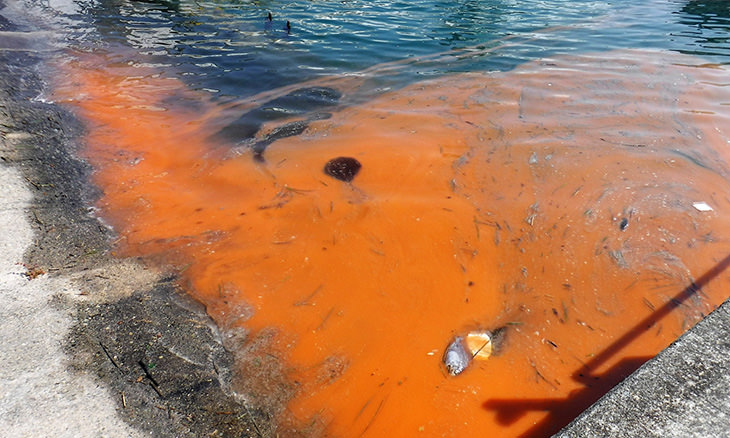

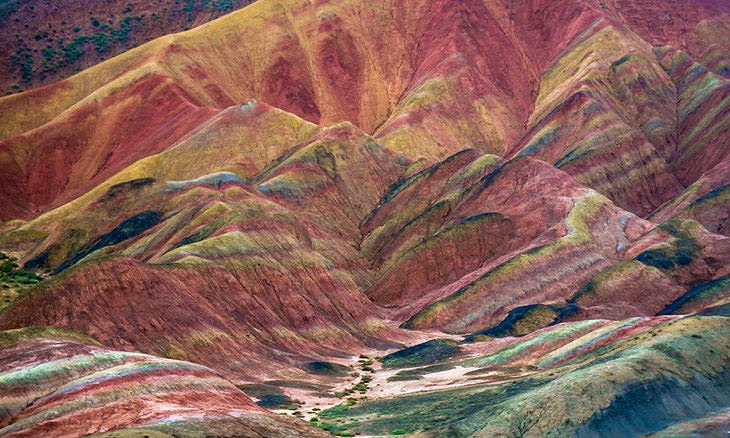
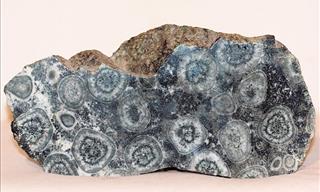
Rocks This Beautiful Deserve to be More Popular!
There are hundreds of extraordinary rocks you could encounter, many of which have unique appearances with lovely colors and patterns
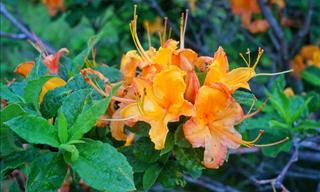
Experience the Myriad of Wildflowers in the Smokies Range!
The Smoky Mountains are home to a wide variety of gorgeous wildflowers that are found only in few locations in the world
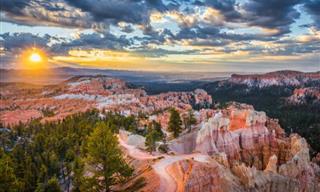
Visit Bryce Canyon in Utah for a Scenic Drive or Easy Hike
With the 2 million visitors annually, this is definitely a park you should visit if you’re in the American southwest.
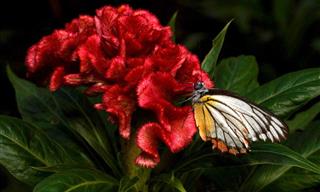
These Red Flowers Are As Beautiful As Can Be!
One simply cannot take their eyes off of these dramatic scarlet blooms!
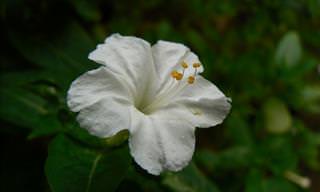
These 10 Flowers Will Brighten Up Your Garden at Night!
Flowers that bloom at night can add a touch of quaintness to your garden. Here are 10 of the most beautiful!
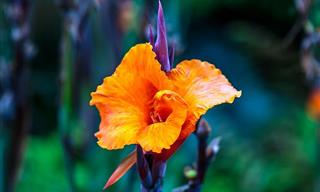
Nothing Beats the Beauty of An Ecuadorian Botanical Garden
In the city of Quito lies this stunning botanical sensation, a garden, park, and arboretum that houses the natural treasures of Ecuador.
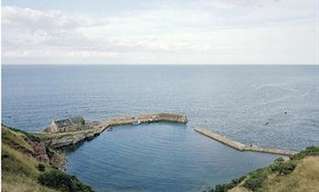
INTERACTIVE: Click to See the English Tide Come and Go...
This interactive photo presentation lets you click on images taken by Michael Marten, and see the English tide coming in and going out.
 4:55
4:55
The Most Adorable Otter Ever Will Teach You About Otters
This little orphaned river baby otter is so cute, you'll never want to stop watching it. But if you do, you'll learn all about otters while accompanying on his little day. Are you ready to learn about otters?
 3:14
3:14
A Dolphin Asks a Human for Help!
We have seen animal rescue, but rarely have we seen the animal search for humans to save it!

These Animals Are All Black & Beautiful Thanks to Melanism
Melanism is a genetic mutation that results in beautiful black animals, which stand out from their species counterparts. Here are 15 melanistic animals.

Discover the World of Powerful Big Cat Hybrids
There are types of big cats you've never heard about, and they're big. beautiful and powerful! Below are photos along some information about these big cat hybrids.

The Unchallenged Beauty of 14 Waterfalls Worldwide
Admire the beauty and power of 14 picturesque waterfalls from every corner of the planet

The Colorful and Beautiful Birds of Paradise!
This amazing video brings to life the most beautiful and stunning of birds!

20 Ways to Turn that Blank Wall into a Vertical Garden
Gardening can be done anywhere and sometimes you just don't have land. That hasn't stopped these creative people from growing plants in all sorts of spaces.

These Photos Capture the Atmospheric Landscapes of Iceland
Enjoy this collection of beautiful photos that capture the beauty of Iceland’s landscapes.
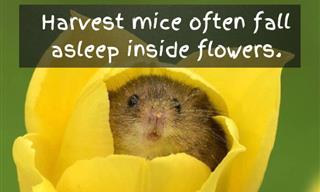
These Wholesome Animal Titbits Will Make You Smile
Here are some adorable animal facts that will keep you smiling all day.

Discover the World of Beautiful Wild Cats
These cats may make you want to pet them, but be advised - these are all rare and highly feral breeds. Maybe it's best to enjoy these 10 wild cats from afar...
 7:43
7:43
7 Fascinating Natural Phenomena Science Can’t Explain
From the Great Blue Hole in Belize to the Sailing Stones in CA, this video will introduce you to 7 natural phenomena science isn't fully able to explain.

Capturing Africa's Wild Beauty: 17 Mesmerizing Pics
Enjoy this photographic journey of African wildlife.

These Colorful Birds are Among the Most Vibrant!
These birds are so bright and beautiful that it's actually hard to believe they're real. Take a look at these 19 kaleidoscopic bird species for yourself.
 2:58
2:58
The Pronking Dance of the Antelopes - Lovely!
The sprinbok like to find a place of rain, and after it passes, they celebrate the fresh grass with... pronking, a very beautiful, very strange dance!
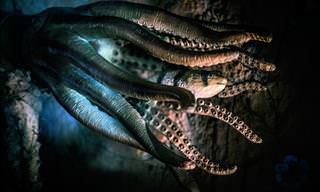
The Most Frightening and Bizarre Creatures of the Ocean
Terrifying and alien creatures of the dark depths of the ocean

Who Said Minerals Can't Be As Beautiful As Gems?
The most beautiful minerals in the world show themselves in these stunning photos.
 4:02
4:02
True Friendship Survives Beyond Time - Beautiful!
Gorilla Reunites With Carer 5 Years Later...

10 Marvelous Nature Spots That Are Too Beautiful For Words
Here are 10 spectacular natural sights our planet has to offer:

Nature is Amazing in So Many Ways – 20 Beautiful Pics
The wonders of nature never cease to amaze us. Check out some glorious nature pics here.
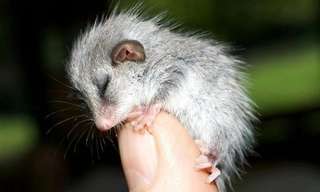
Australia Has Some of the Cutest Wildlife in the World!
Australia has many deadly animals, but did you know it's also filled with fluffy, adorable wildlife? Warning: You may want to fly to Australia and hug some animals after this post.

World's Finest Wildlife Images Crowned for 2023: 16 Pics
Check out the outstanding winners of One Eyeland’s 2023 Wildlife Photography Awards.

Breathtaking! Nature Has Never Looked This Beautiful!
Check out some of the finest photos from National Geographic's 2017 'Nature Photographer of the Year' awards.
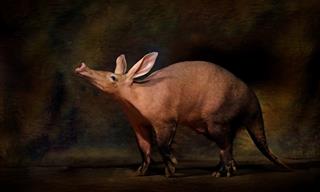
Nature After Dark: Exploring 8 Nocturnal Animals
Let us take you up close and personal with some of the most unusual nocturnal animals of our world.

Animals Don't Need the Word Love. They Use It All the Time.
The Animals Fell In Love Today...
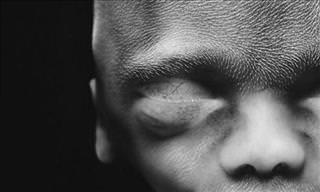
This Photographer Captured a Baby's Journey in the Womb
This photographer's amazing project concerned capturing a baby's development in the womb, from the moment of conception through to birth. Take a look.
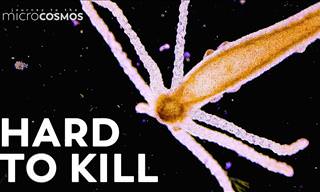 8:25
8:25
This Microscopic Animal is Probably Immortal
Not unlike the mythical hydra, real life hydras are microscopic organisms that have incredible regenerative abilities...

You've Probably Never Seen Trees Like These Before...
Trees are our life-source. They give off the oxygen that we need to breathe, but they also make the world a beautiful place. Here are some gorgeous photographs of the world's most spectacular trees.
 4:16
4:16
Experience Pinnacles National Park in Crisp 4K Resolution
Check out this incredible time lapse video of California's Pinnacles National Park, which was filmed in crisp 4K resolution.
 7:24
7:24
Must Watch: The Invisible Miracles of Nature
This filmmaker takes you on an in-depth journey of the incredible expansive universes present in our universe.
 4:59
4:59
Dog History: How Humans’ Arch Enemy Became Our Best Friend
This is a brief, yet very eventful video about the history of our best friend, the dog.
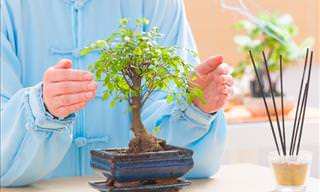 7:26
7:26
Learn the True Art Behind the Bonsai Tree
Ryan Neil is an expert in the art of shaping Bonsai Trees, and will take you on a journey into yourself through nature!
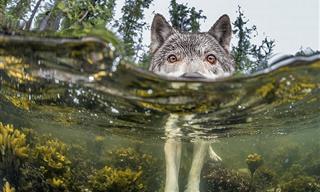
National Geographic's Photography Never Ceases to Amaze
National Geographic never ceases to amaze us with the photos it shows us, and the 20 images you're about to see here are no exception.
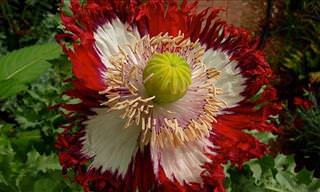
Ever Seen Flowers as Gorgeous as These?
Nature really does create some extraordinary, colorful flowers. Check out a wide selection of them here!
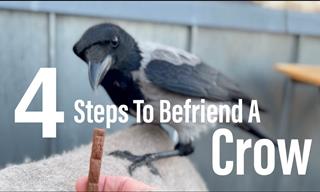 4:39
4:39
4 Simple Steps to Befriending Your Local Crow
Discover the secrets of befriending a wild crow with just four simple steps in this captivating video.
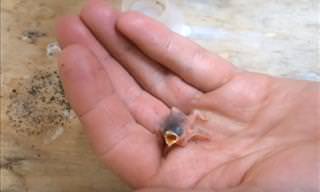 13:49
13:49
Say Hello to the Tiniest Bird You'll Ever See!
How small is the tiniest bird ever recorded? Watch this video and find out!

Hummingbirds Come in the Most Beautiful Rainbow Colors!
There are hundreds of gorgeous species of hummingbirds. Have you spotted any of these near you?

These Award-Winning Wildlife Photos Are Phenomenal
View some of the best entries from the 2017 edition of GDT's ‘European Wildlife Photographer of the Year' competition. Take a look.

These Animal Facts Are Both Adorable and Interesting
Twenty fascinating animal facts that we bet you never knew about!
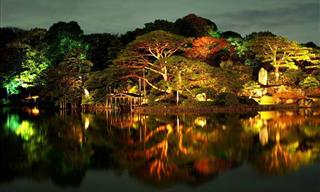
16 Stunning Gardens I'd Be Delighted to Stroll Through...
A stunning collection of 16 different landscape designs that will excite every nature lover out there.


